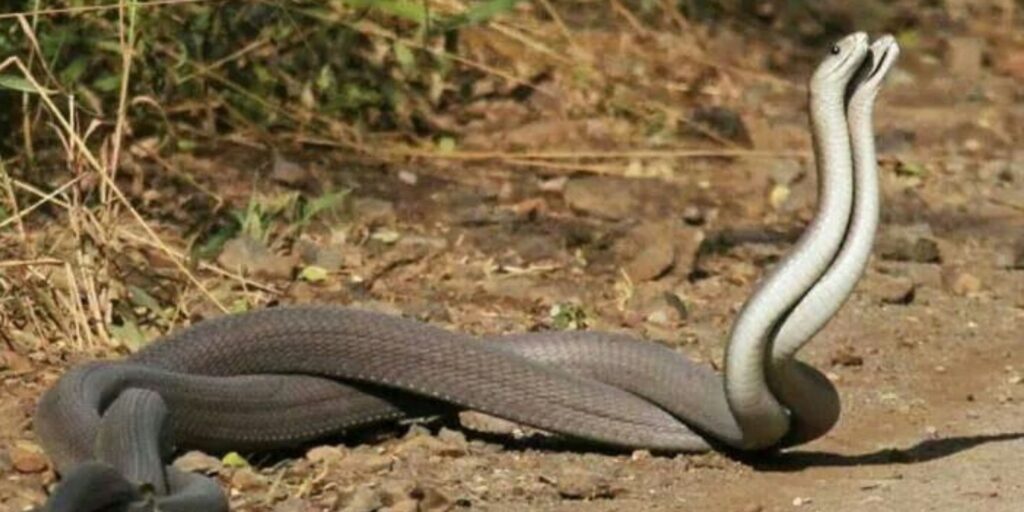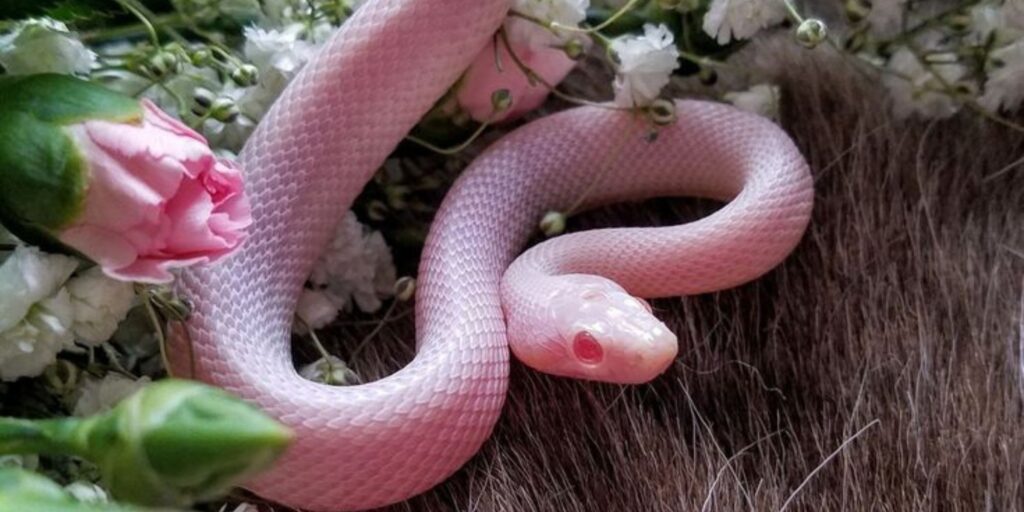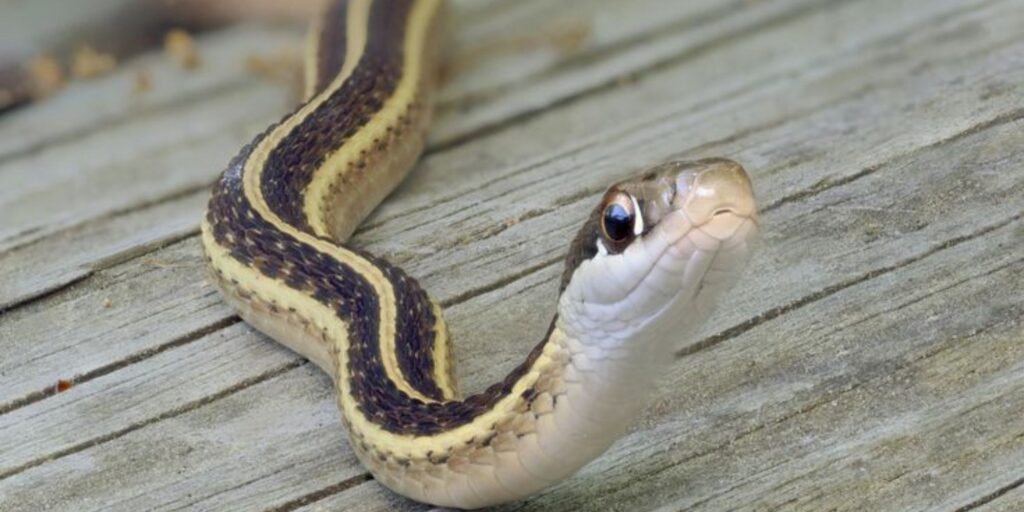North Carolina is home to a rich variety of snake species, each playing an essential role in the state's diverse ecosystems. From the dense woodlands to the sprawling coastal plains, these snakes come in all shapes, sizes, and colors, adding to the region's natural intrigue.
Among the most well-known is the Eastern Diamondback Rattlesnake, a striking species found in the sandy soils of the coastal plains. Its thick, diamond-shaped markings make it easily recognizable, though its venomous bite commands caution. In contrast, the Black Rat Snake, a non-venomous species, is often found in forests and farmlands, where it helps control rodent populations. Its long, sleek body is mostly black, with subtle patterns along its back, making it a stealthy hunter.
The Copperhead, with its distinctive copper-colored head and hourglass-shaped bands, is another venomous resident of North Carolina, found in wooded hillsides and river valleys. Despite its reputation, it's often shy, preferring to remain hidden rather than confront humans. For those who prefer less dangerous encounters, the Eastern Garter Snake, a small, harmless species with bold stripes, is commonly seen slithering through gardens and fields.
From the elusive Cottonmouth, known for its defensive posture when threatened, to the harmless Corn Snake, which is often sought after for its beautiful orange and red coloration, North Carolina’s snakes offer a fascinating glimpse into the natural world. Each one is unique, contributing to the delicate balance of nature in the Tar Heel State.










